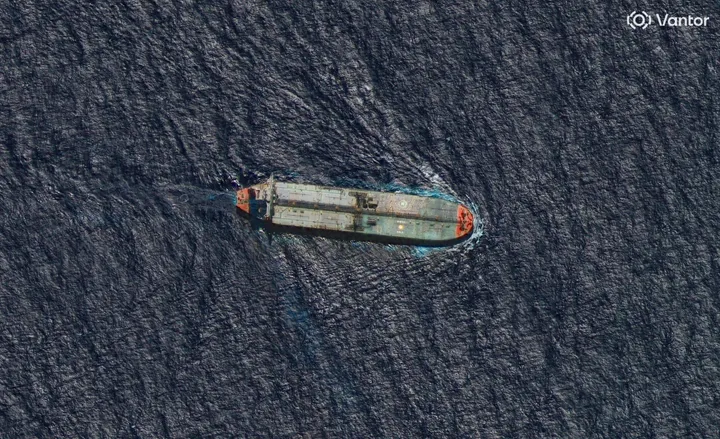Scientists are thrilled about the diverse set of sounds they were able to record at a coral reef, signifying the health of the coral and the return of the sea creatures to the habitat. Among these sounds are “Whoops, croaks, growls, raspberries and foghorns,” according to a news release.
While thousands of square metres of coral were being revived in previously destroyed reefs in Indonesia, it wasn’t clear whether they would help the entire reef ecosystem return to life.
As it turns out, they did. A new study, led by researchers from the University of Exeter and the University of Bristol, finds “a healthy, diverse soundscape” on the restored reefs.
Calling soundscapes “an important aspect of reef health” the scientists write that “loud and diverse soundscapes guide the recruitment of reef organisms, but this process is compromised when degradation denudes soundscapes.” They also add that “As such, acoustic recovery is a functionally important component of ecosystem recovery.”
They are using the sounds – many of which they confess to having never heard before – to monitor the vital ecosystems along with visual observations.
The paper, published in the Journal of Applied Ecology, is entitled: "The sound of recovery: coral reef restoration success is detectable in the soundscape."
According to the Guardian, the reef had been devastated by blast fishing, a destructive type of fishing where fishermen use explosives to kill fish and collect them.
Because mere observation did not give an accurate picture of life at the coral – some of the fish that only come out of night, for example, can be missed, or fish that hide under the shield of camouflage can be hard to spot – the researchers turned to listening instead.
"Restoration projects can be successful at growing coral, but that’s only part of the ecosystem," says lead author Dr Tim Lamont, of the University of Exeter and the Mars Coral Reef Restoration Project, which is restoring the reefs in central Indonesia.
"This study provides exciting evidence that restoration really works for the other reef creatures too – by listening to the reefs, we’ve documented the return of a diverse range of animals."
Lamont tells the Guardian that “We listened through these hours and hours of recordings, we kept discovering sounds we had never heard,” adding that “Some were a bit familiar but some were just like, ‘I have no idea what that is.’ It was a real sense of adventure and discovery.”
The news release notes that the sounds recorded at the restored Indonesian reefs are not precisely the same with healthy reefs, but they have a similar diversity, suggesting a step in the right direction.
Professor Steve Simpson, from the University of Bristol, adds: "Some of the sounds we recorded are really bizarre, and new to us as scientists.
"We have a lot still to learn about what they all mean and the animals that are making them. But for now, it’s amazing to be able to hear the ecosystem come back to life."
The study used acoustic recordings from 2018 and 2019 from the Mars Coral Reef Restoration Project. The project uses ‘Reef Stars’, “hexagonal metal frames seeded with coral and laid over a large area,” stabilising loose rubble and starting rapid coral growth.
Mochyudho Prasetya, of the Mars Coral Reef Restoration Project, says: "We have been restoring and monitoring these reefs here in Indonesia for many years. Now it is amazing to see more and more evidence that our work is helping the reefs come back to life."
Professor David Smith, Chief Marine Scientist for Mars Incorporated, adds: "When the soundscape comes back like this, the reef has a better chance of becoming self-sustaining because those sounds attract more animals that maintain and diversify reef populations."
Of course, blast fishing isn’t the only threat to marine life, which includes fish and corals – there’s also the threat of coral bleaching due to increasing water temperatures and acidity, and water pollution. Lamont says: "If we don't address these wider problems, conditions for reefs will get more and more hostile, and eventually restoration will become impossible.
"Our study shows that reef restoration can really work, but it's only part of a solution that must also include rapid action on climate change and other threats to reefs worldwide."
THUMBNAIL PHOTO: A clownfish in an anemone (credit Tim Lamont, University of Exeter).
HEADLINE PHOTO: A diver surveys a healthy coral reef in Sulawesi, Indonesia (credit The Ocean Agency).
























